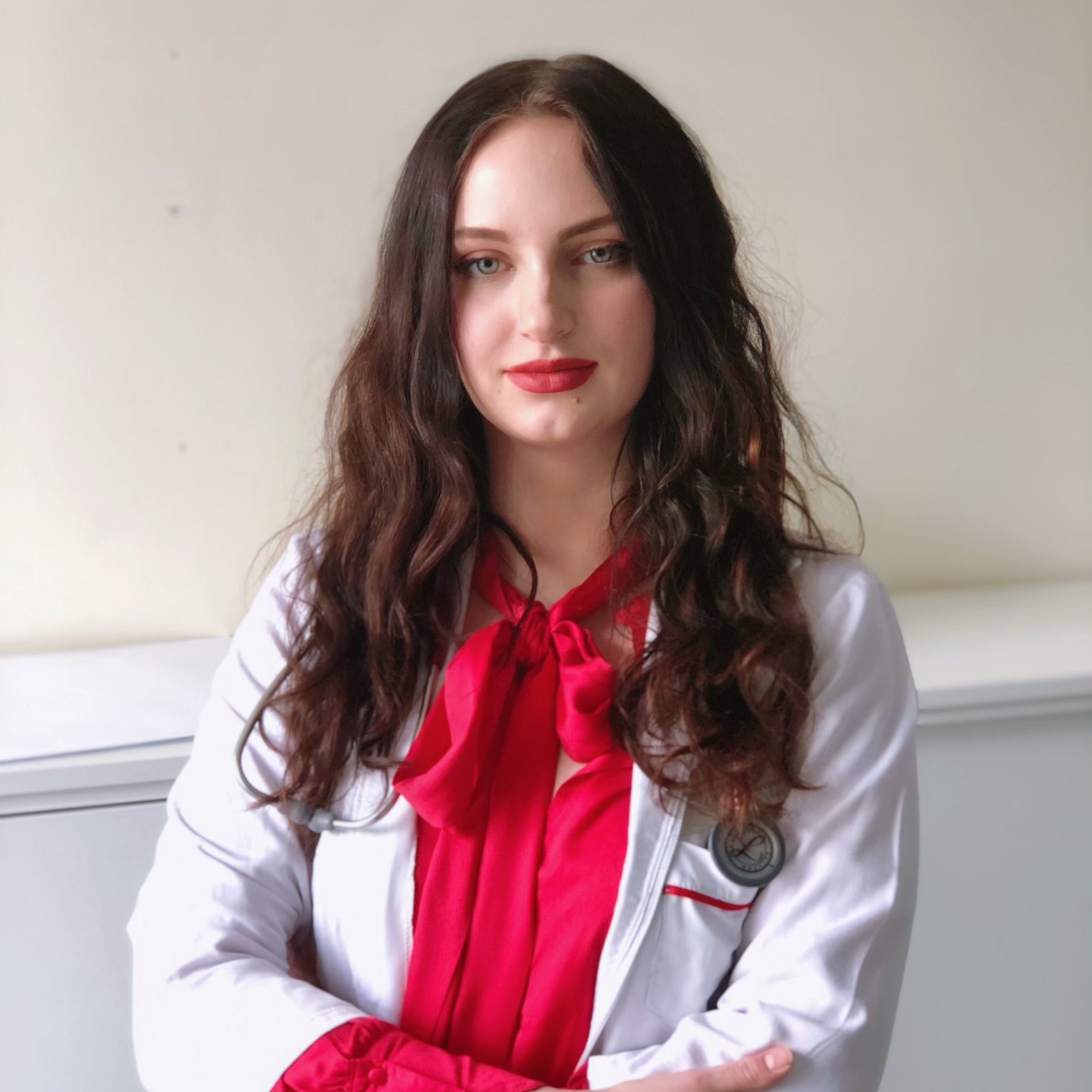
Winners of the Short Oral Presentation Awards – Skin Ageing & Challenges 2021
 Keratin-Biphalin Scaffold Accelerate Skin Wound Healing in Diabetic Mice
Keratin-Biphalin Scaffold Accelerate Skin Wound Healing in Diabetic Mice
Marek Konop, Medical University of Warsaw, Poland
About the research: Impaired wound healing a special in diabetes is a major medical problem and new therapeutic options are needed. Keratin-based materials have recently become an exciting solution due to their biocompatibility, biodegradability, and ability to support cell growth. We showed that keratin-biphalin scaffolds accelerate full-thickness skin wound healing in diabetic mice.
 Cream for Skin Barrier Restoration
Cream for Skin Barrier Restoration
Eva Moreino, Riga Stradins University, Latvia
About the study: My colleagues at Riga Stradins University have since long ago been interested in preventative medicine, skin aging, and metabolic syndrome. We combined it into a study to find a solution against accelerated skin aging in metabolic syndrome patients and created a cream that would help restore the skin barrier function, which is often compromised in people with metabolic syndrome. We started with simpler ingredients and developed the formula into a combination of powerful natural components that help restore the epidermal barrier. Currently, our product is being tested on patients in a clinical setting, and so far we are getting very good reviews.
Winners of the Poster Presentation Awards – Skin Ageing & Challenges 2021
 Development of Portable Raman Spectroscopy as a Clinic Tool for Assessing Photodamage in Skin
Development of Portable Raman Spectroscopy as a Clinic Tool for Assessing Photodamage in Skin
Ira Mautner, University of Auckland, New Zealand
About the project: The objective of this project is to develop the use of Raman spectroscopy which is a non-invasive, non-destructive and painless technique in vivo to identify biochemical changes that are indicative of chronological aging and to compare them to those of actinic aging. This will be further developed into a set of tools that health care providers can use in their practices to be able to give patients ‘on-the-spot’ information about their current level of actinic damage in comparison to their chronological age, even before that damage has manifested itself clinically. The development of this tool will allow providers to help patients manage and potentially slow down the actinic aging of their skin because it will provide a powerful, patient personalised health message. It will reinforce the need for adequate sun protection habits thereby minimising the risk of skin cancers and associated actinic damage in later life.
 Lipophilic Yeasts as Etiological Factors of Pityriasis Versicolor and Components of Typical Skin Mycobiome – Case Study
Lipophilic Yeasts as Etiological Factors of Pityriasis Versicolor and Components of Typical Skin Mycobiome – Case Study
Mariusz Dylalg, University of Wroclaw, Poland
About this research: Lipophilic yeasts of the Malassezia genus are the main contributors of the human skin microbiome. These opportunistic pathogenic fungi can be simultaneously present on healthy areas of skin as well within skin lesions typical for pityriasis versicolor. Our study showed that Malassezia sympodialis and Malassezia furfur were isolated from the patient’s hyper- and hypopigmented skin lesions, respectively. At the same time Malassezia restricta was isolated only from healthy skin regions. In the studied clinical case localized topical treatment based on ciclopirox and terbinafine was sufficient and successful, and has allowed maintaining the physiological mycobiome. Our study also showed that the borderline between pathological outgrowth of Malassezia and commensal proliferation is blurred.
Skin Ageing & Challenges 2021
November 10-12, 2021 – Interactive Online Congress
www.skin-challenges.com
